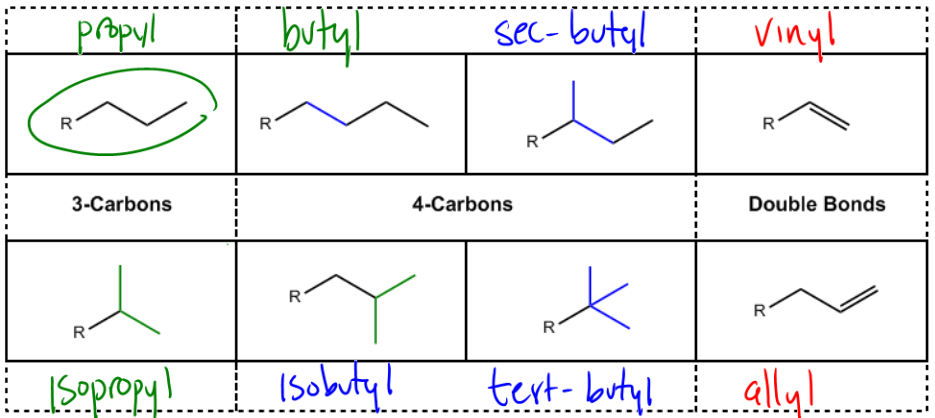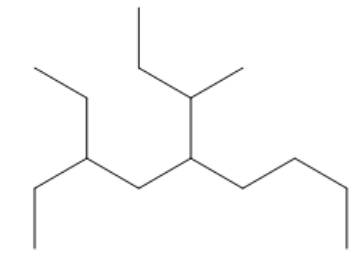Understanding substituents in organic chemistry is essential for naming and identifying various compounds. Substituents are groups of atoms that replace hydrogen atoms in a hydrocarbon chain. While the IUPAC system provides a standardized method for naming these substituents, some common names have persisted due to historical usage, even if they do not strictly adhere to IUPAC conventions.
Two fundamental substituents to recognize are propyl and butyl. A propyl group consists of a three-carbon chain (C3H7), while a butyl group consists of a four-carbon chain (C4H9). When a propyl group is attached to the first carbon of the main chain, it is simply called propyl. However, if it is attached to the second carbon, it is referred to as isopropyl, indicating that it is an isomer of propyl.
Butyl groups can be more complex, as they can attach at different positions on the main chain. The primary butyl group is attached at the first carbon, while the secondary butyl group, known as sec-butyl, is attached at the second carbon. If the butyl group is attached at the third carbon, it is termed tert-butyl. Additionally, there is isobutyl, which resembles isopropyl but has an extra CH2 group, indicating a branched structure.
In some contexts, you may encounter the terms n-propyl and n-butyl, where the "n" signifies a straight-chain structure, distinguishing it from its branched counterparts.
Furthermore, substituents can also include functional groups with double bonds. For instance, a vinyl group is formed when a double bond is directly attached to the main chain, while an allyl group has a CH2 unit between the main chain and the double bond. These terms, while less intuitive, are crucial for accurately describing organic compounds.
In summary, recognizing and correctly naming substituents like propyl, isopropyl, butyl, sec-butyl, tert-butyl, isobutyl, vinyl, and allyl is vital for mastering organic nomenclature. Familiarity with these terms will aid in understanding more complex organic structures and their properties as you progress in your studies.






